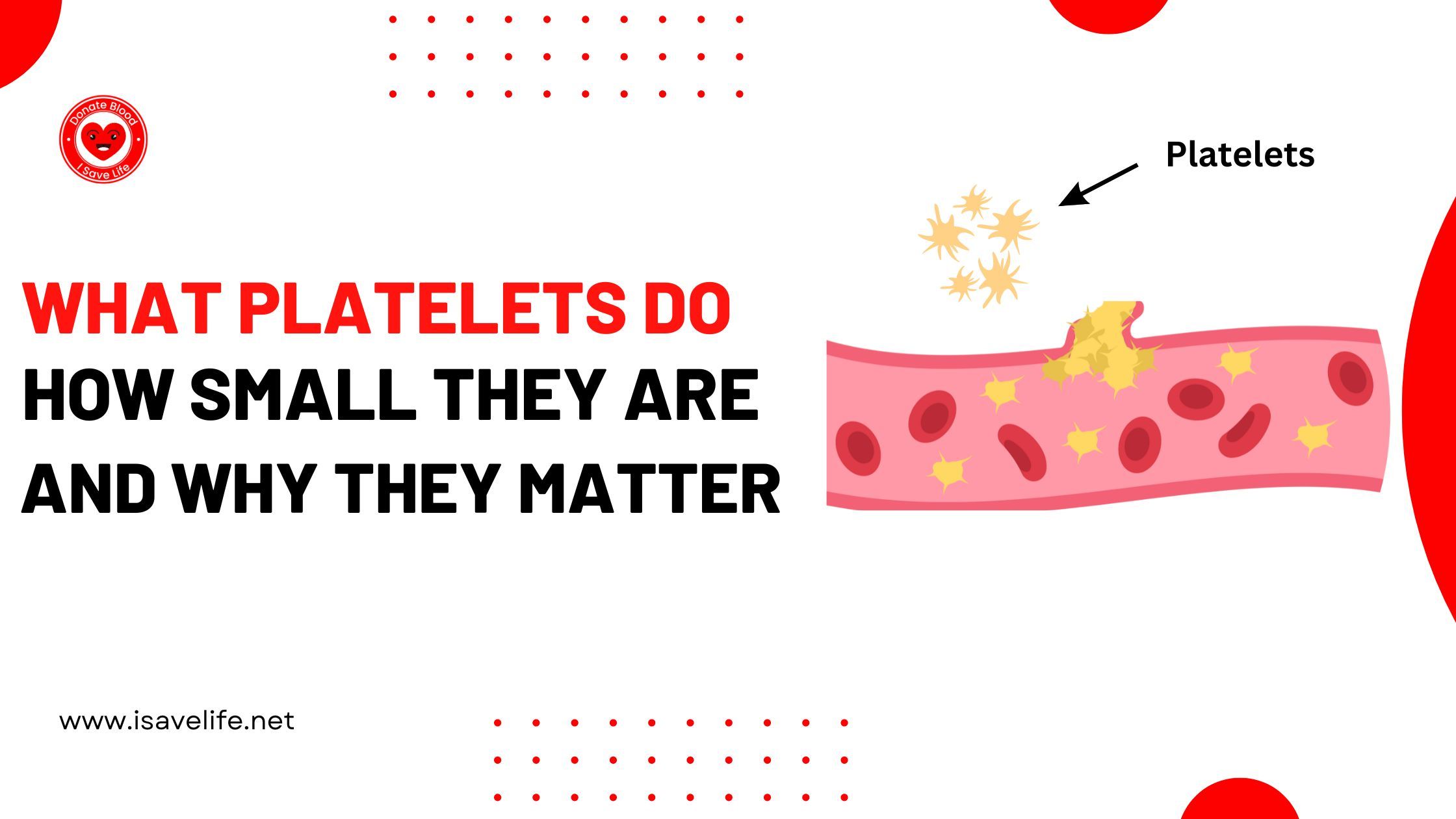
What Platelets Do, How Small They Are, and Why They Matter
05-Sep-2023
What Platelets Do, How Small They Are, and Why They Matter
Platelets are tiny, powerful components of our blood that play a crucial role in our overall health. They are essential for stopping bleeding and preventing blood loss. Platelets are made in the bone marrow from megakaryocytes, which are large cells that break apart into smaller pieces called platelets.
In this Section, we'll explore what platelets are, delve into their roles within the body, discuss their size, and understand what constitutes a normal range along with potential risks.
What Are Platelets?
Platelets, also known as thrombocytes, are small cell fragments found in our blood. Despite their minuscule size, they hold immense significance in maintaining our body's health.
Roles of Platelets: Blood Clotting Heroes
Platelets are like the body's first responders to injuries. When you get a cut or a wound, these tiny cells rush to the scene to prevent excessive bleeding. They form a protective barrier at the site of injury, forming a clot that stops bleeding and allows the wound to heal.
The main roles of platelets are:
To stop bleeding: When a blood vessel is damaged, platelets stick to the damaged area and form a plug. The plug helps to stop the bleeding and prevent blood loss.
To help with wound healing: The chemicals released by platelets help to attract white blood cells to the wound. White blood cells then help to fight infection and remove dead cells.
To maintain blood clotting: Platelets help to keep blood from clotting too quickly or too slowly.
Normal Range and Risk Range of Platelets
The normal number of platelets in the blood is between 150,000 and 450,000 per microliter. A platelet count below 150,000 is called thrombocytopenia, and a platelet count above 450,000 is called thrombocytosis.
Thrombocytopenia can cause bleeding problems, such as easy bruising and nosebleeds. Thrombocytosis can increase the risk of blood clots, such as heart attack and stroke.